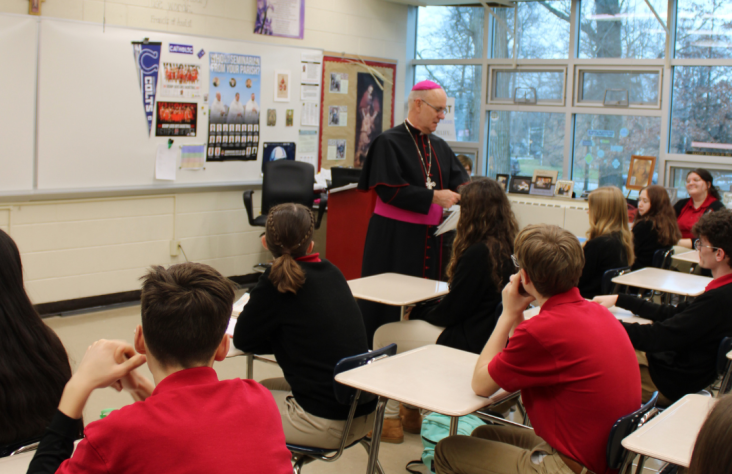October 13, 2010 // Uncategorized
Cyprus has Christian sites pertaining to Paul and Barnabas
What are the Christian sites pertaining to St. Paul and St. Barnabas on the island of Cyprus?
In the Acts of the Apostles in the New Testament, St. Paul and St. Barnabas are residing at Antioch in Syria (now Antakya in Turkey), the third largest city of the Roman empire at this time. Paul and Barnabas were chosen to go on their first missionary journey. They left Antioch and went down to the port of Seleucia on the Mediterranean Sea. From here they set sail for the island of Cyprus. On their arrival in Salamis, they proclaimed the Gospel in the Jewish synagogues.
In ancient Roman times, Salamis was Cyprus’s main commercial center. St. Barnabas was a native son of Salamis. He is credited with introducing Christianity to Cyprus. He was martyred here by stoning c. A.D. 75. The ruins of ancient Salamis is an extensive archaeological site. Here you see the gymnasium, baths, the odeion, the amphitheater holding 5,000 people, a Roman villa, Byzantine cisterns, the Temple of Zeus, basilicas, a stadium, the early city walls and a marketplace.
At Salamis you can visit the monastery and museum of the Apostle Barnabas. M. Dubin says a monastic community first grew up here in the fifth century A.D. following the discovery of the purported tomb of St. Barnabas. Funds were provided for the construction by the Byzantine emperor. The Arabs destroyed this church in the seventh century. The present church and cloister date from 1756. Near this monastery stands a small, undecorated little mausoleum-chapel, shaded by a carob tree and erected in the 1950s over a catacomb that is the presumed tomb of Barnabas. Stairs lead down to rock-cut chambers with room for six bodies. Tradition says this tomb was discovered when St. Barnabas appeared in a dream to the archbishop of Salamis and bid him unearth the saint’s remains from a lonely spot marked by a carob tree. The archbishop indeed found a catacomb matching the description and containing what could well have been the bones of Barnabas, clasping a mildewed copy of the Gospel of St. Matthew to his chest.
The Acts of the Apostles then says that Paul and Barnabas traveled over the whole island of Cyprus as far as Paphos where they preached the Gospel to the governor Sergius Paulus. A Jewish magician or sorcerer objected to Paul’s teaching, so Paul temporarily blinded him. The governor was impressed and believed in Christ. M. Dubin says that, although Paul was successful in converting the governor, he seems to have had a hard time combating the pagan goddess Aphrodite’s love-cult at Paphos and was reputedly scourged for his troubles on the site of the Byzantine basilica called Ayia Kiriaki.
Here you see extensive fourth-century A.D. mosaics and some columns, including one called “St. Paul’s Pillar,” because of the tradition that St. Paul was tied to it and scourged. At Paphos they have also uncovered an extensive complex of Roman buildings with exquisite floor mosaics on ancient mythology considered perhaps the best in the eastern Mediterranean. Other sites of Paphos include a lighthouse, the marketplace, a castle, the old customs house, the Roman odeion and Turkish baths.
The best news. Delivered to your inbox.
Subscribe to our mailing list today.





